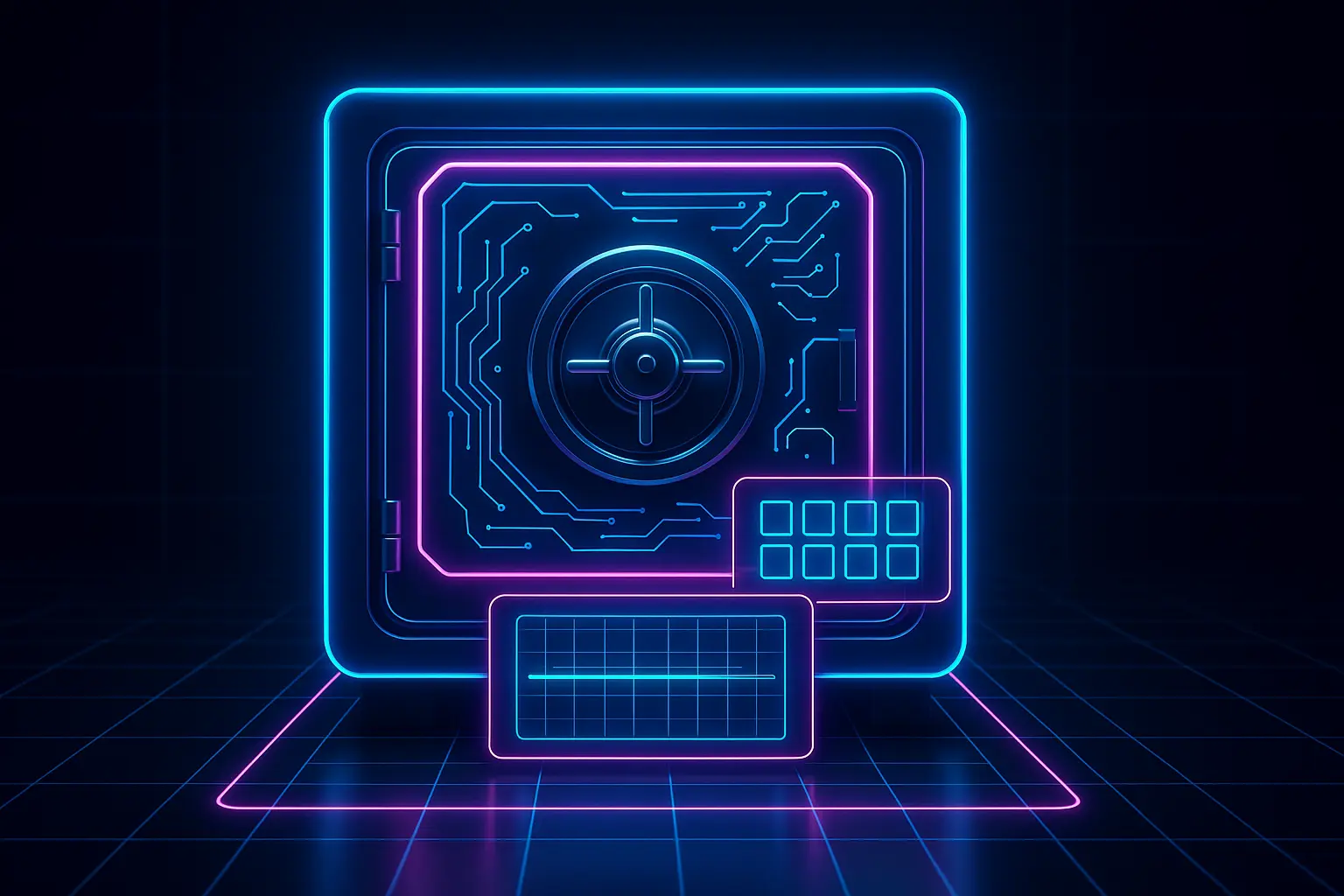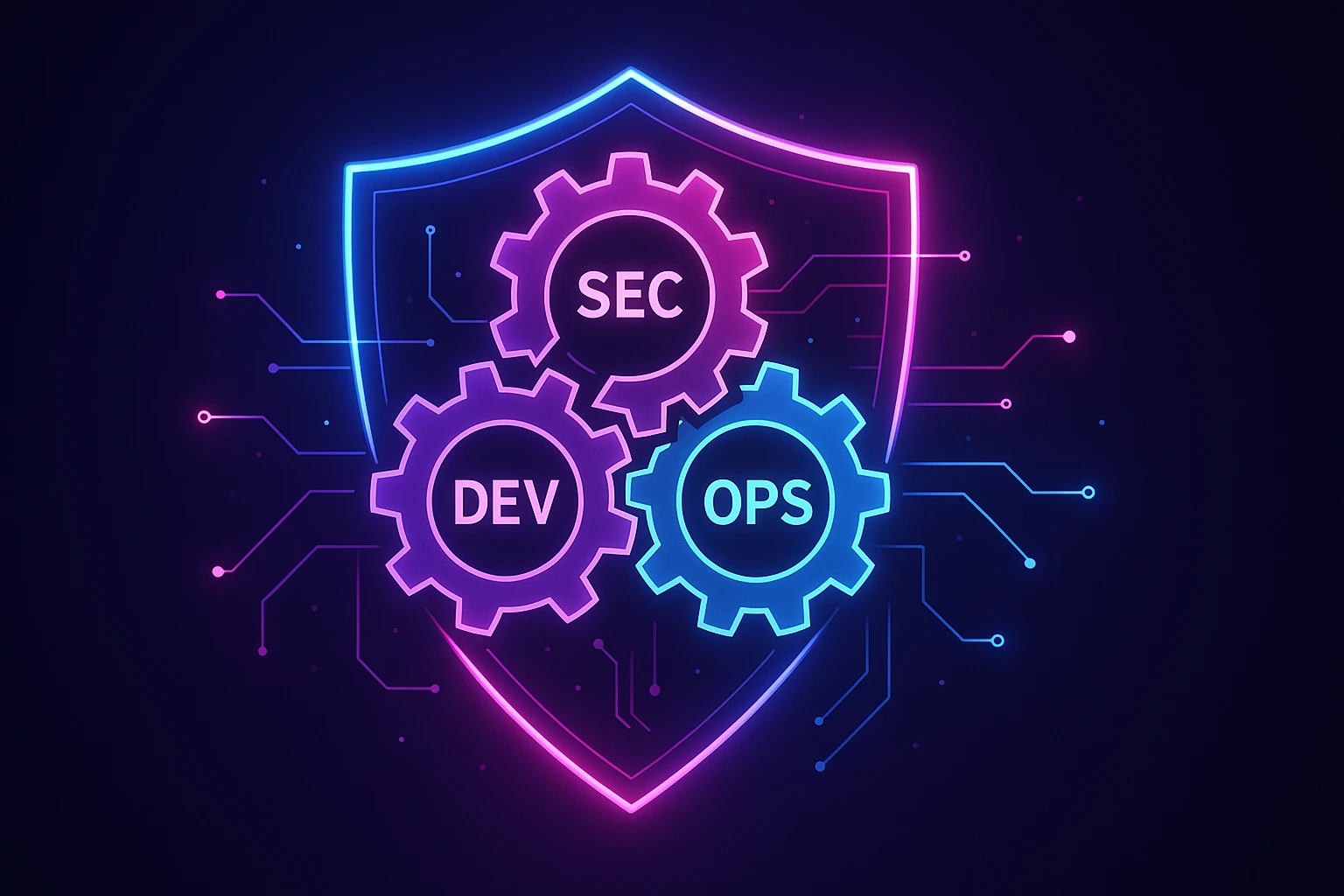GDPR compliance for SaaS platform owners necessitates a fundamental shift in how personal data is handled. The General Data Protection Regulation (GDPR) is the EU’s landmark privacy law that gives individuals greater control over their data. It applies globally to any company processing EU citizens' personal information.
Before GDPR, companies often collected and stored data freely, with limited oversight. The GDPR changed the rules, requiring explicit consent, limiting data use, and granting users rights such as access and erasure. Unlike older frameworks, GDPR is broad, enforceable across borders, and widely seen as the gold standard in privacy regulation.
SaaS platforms handle vast amounts of personal data daily, often across multiple countries and cloud environments. That complexity puts them under intense regulatory scrutiny and exposes them to significant financial risk. Violations can cost up to 4% of global revenue or €20 million. Beyond fines, non-compliance hurts your brand and blocks enterprise deals where GDPR is now a baseline requirement.
The good news is that compliance doesn’t have to slow you down. This guide offers practical steps to build GDPR-ready systems, respond to data requests, and turn privacy into a competitive edge.
What GDPR Expects from SaaS Platform Owners Based on Role
Your obligations under GDPR depend on whether you're acting as a data controller, processor, or both. Most SaaS platforms perform both functions — but for different types of data — creating a compliance maze that challenges even experienced teams.
Data Controller
Data controllers decide what personal data to collect, why it’s needed, and how long to keep it. They control customer signup forms, billing systems, and user analytics for their own organization.
A data controller’s responsibilities are:
- Obtain valid consent where required
- Respond to data subject requests (like access, deletion, or correction) within 30 days
- Ensuring lawful processing of personal data
- Bear full responsibility if something goes wrong (including data breaches, unlawful data sharing, non-compliance with consent rules, or failure to honor user rights)
Data Processor
Data processors are tools that follow someone else's instructions. They process data on behalf of another organization (the data controller). For example, if your SaaS platform stores customer contact lists, employee schedules, or uploaded documents that your client manages inside your platform, you are a processor for that data. Your client remains the controller, deciding what gets collected and why, but you are still accountable for securing it, preventing unauthorized access, and reporting breaches.
SaaS Providers Often Play Both Roles
In practice, most SaaS providers play both roles, but not for the same data. For example, a CRM provider like Salesforce is the data controller for its own customer account information (like billing details and support inquiries). At the same time, it acts as a data processor for the contact records and customer data that its clients upload and manage within the CRM platform.
When a data subject exercises a right under GDPR, like requesting data deletion, your team must determine whether you're the controller (making the decision) or the processor (acting on your client’s instructions) for that specific data.
This dual role affects everything from your privacy policy structure to your data processing agreements (DPAs). You'll need DPAs with your customers for information you process on their behalf, and separate agreements with your own vendors and subprocessors for data you outsource. The liability chains grow complex quickly, especially when a breach affects both your business data and your customer’s end-user data.
Clearly defining these roles, formalizing them in contracts, and documenting them properly is the foundation for GDPR compliance and risk mitigation.
Key GDPR Requirements SaaS Owners Must Meet
Core requirements demand concrete technical and operational implementations. Here’s what SaaS platform owners must build into their infrastructure to stay compliant.
Consent Management
You must collect explicit, informed consent that users can withdraw as easily as they give it. Valid consent means clear language explaining what information you're collecting, processing purposes, and retention periods.
You need to document every consent interaction with timestamps, IP addresses, and the exact consent language shown to users. Avoid pre-checked boxes or buried terms — make consent granular and specific.
Data Subject Rights
GDPR grants users broad rights with practical implications for organizations, both controlling and processing data. These rights require real operational workflows, system capabilities, and policy enforcement to meet compliance standards.
- Access requests must receive responses within 30 days, including complete user information in structured formats.
- Erasure requests, require secure deletion processes that purge information from backups and third-party systems, not just your primary database
- Portability demands machine-readable exports
- Rectification rights require systems flexible enough to update information across all storage locations
- Restriction and objection rights mean building processing controls that can selectively limit how you use specific user information.
Each of these rights introduces technical and procedural challenges that SaaS platforms must be ready to handle at scale, and failure to meet even one can result in severe penalties.
Data Processing Agreements
You need signed DPAs with every vendor that touches personal data. Your analytics provider, cloud host, support ticketing system, and payment processor all need signed DPAs specifying processing purposes, categories, retention periods, and security measures. No exceptions.
Records of Processing Activities
This documentation must detail every operation, including sources, purposes, recipient categories, retention periods, and security measures. Keep this current because it serves as your first line of defense during regulatory audits.
Data Protection Officer
If you process large volumes of sensitive data or conduct ongoing monitoring, GDPR may require you to appoint a Data Protection Officer (DPO). Your DPO needs genuine data protection expertise and sufficient organizational authority to function effectively.
How to Design a GDPR-Compliant SaaS Platform Architecture
Privacy and security are foundational design principles for a compliant SaaS platform architecture. Every architectural decision must account for data protection requirements from inception.
Encrypt Everything
Your entire stack should be encrypted. Use AES-256 for data at rest to safeguard stored records, and TLS 1.3 to secure service-to-service communication, database connections, and third-party API calls. Together, these controls create layered defenses against both internal misuse and external threats, meeting GDPR's technical safeguard expectations.
Control Access with Precision
Role-based access control (RBAC) helps you enforce data minimization at the architectural level. Grant users and processes access only to what they need — nothing more. Pair this with multi-factor authentication (MFA) and zero-trust principles, where every access attempt is verified no matter the user's location or device.
Curate Comprehensive Audit Logs
Your audit logs become your compliance safety net. Every interaction with personal data (who accessed it, when, from where, and what they did) should be captured in a tamper-resistant log. These records support data subject access requests and serve as your evidence if regulators come knocking.
To streamline DSAR fulfillment, especially across distributed systems:
- Build automated discovery pipelines that can search across production databases, analytics platforms, and backups using common identifiers like user ID or email.
- Maintain a data catalog that maps personal data to its storage locations—including third-party services and caches.
- Set up APIs to extract and compile user data into a machine-readable export format within the required 30-day window.
These workflows reduce manual effort, speed up compliance, and ensure no personal data is missed, no matter where it's stored.
Build Backups for Compliance, Not Just Recovery
Your backup strategy needs to support GDPR, not just disaster recovery. Flosum’s Backup and Archive, for example, captures only new, modified, or deleted data. That keeps storage light while still enabling granular restores that support data rights, such as erasure and rectification.
Automate Data Retention and Deletion
Manual data retention is not sustainable, especially if your organization needs to meet complex compliance standards like GDPR. Build systems that automatically flag data nearing its retention limit and delete it cleanly and securely, without breaking dependencies elsewhere. Your architecture should allow precise, targeted deletion, enabling even a single user's data to be removed.
Bake in Privacy by Design
Every part of your system should reflect Privacy by Design (PbD), optimizing for data protection and privacy. Collect only what you need. Classify personal data at the field level. Set default settings to the most privacy-respecting option. When privacy is part of the architecture itself, compliance becomes automatic.
If your SaaS platform transfers personal data internationally (especially from the EU to the U.S.), add support for:
- Geographic data residency controls to restrict EU user data to EU cloud regions
- Standard Contractual Clauses (SCCs) in vendor agreements
- Optional hybrid deployments to separate EU user data from non-EU systems
By embedding GDPR compliance into your architecture, you reduce risk, speed up audit responses, and increase trust with enterprise customers who expect privacy to be a baked-in feature, not an afterthought.
How Flosum Supports GDPR Compliance for SaaS Platform Owners
Flosum helps SaaS platforms stay compliant by giving you complete control over Salesforce data:
- Granular backups that support erasure and rectification
- Immutable audit trails for every data access and change
- Selective restores and targeted deletion workflows
- Automated retention policies and secure BYOK encryption
Whether you're managing consent, responding to subject requests, or proving compliance during audits, Flosum equips your team to do it fast, securely, and at scale.
Confidently Scale Your Platform with Compliance at Its Core
GDPR isn’t just about avoiding fines. It’s something your customers now expect. Whether you’re selling to enterprises or growing startups, privacy is a prerequisite to any deal.
The key is to build compliance into your platform from the start. When your systems are designed to handle consent, deletion, and access requests automatically, you don’t have to scramble when a regulator comes calling or a user submits a data request. Everything just works. A system built with compliance at its core fosters trust with clients and empowers your team to scale without security gaps.
If you’re managing Salesforce data, Flosum can help you get there. With secure backups, precise deletion tools, detailed audit logs, and built-in privacy controls, you can meet GDPR requirements without slowing down your product team. Compliance doesn’t have to be complicated. It just needs to be built the right way.
Thank you for subscribing









